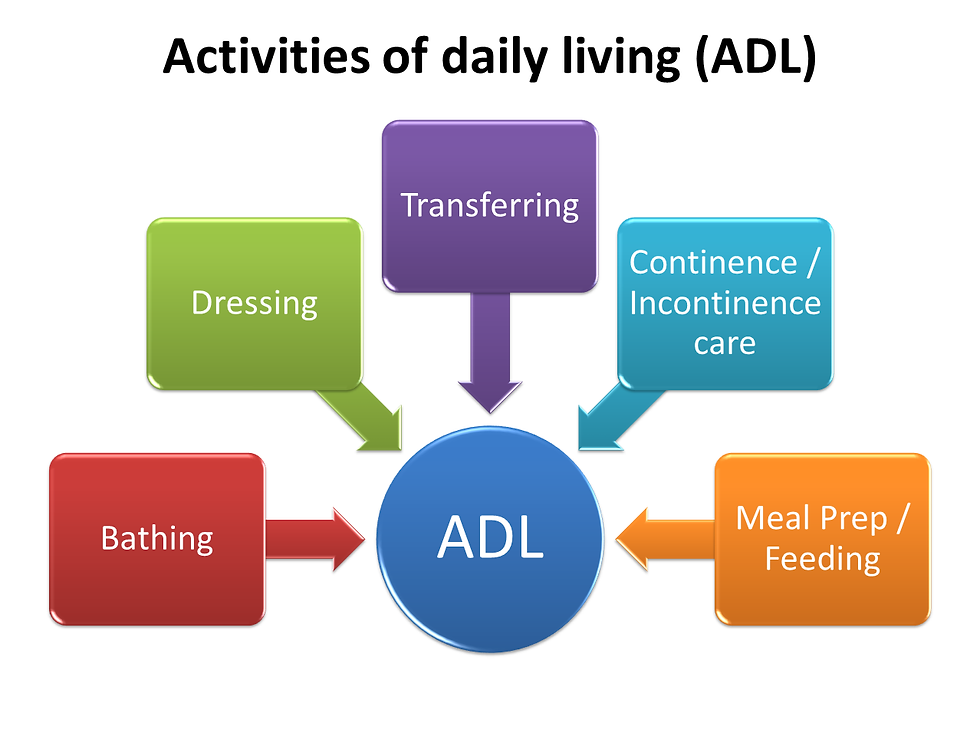🌱 Emotional Flexibility in Pediatric Occupational Therapy: Nurturing Resilience Through Play
- Dr. Amit Prajapati

- Jul 16
- 2 min read

In the vibrant world of pediatric occupational therapy, practitioners often engage not only with motor skills and sensory integration, but also with the emotional landscapes of children. One vital concept that’s gaining traction is emotional flexibility—the ability to adapt, shift, and respond to emotional challenges with resilience.
🎈 What Is Emotional Flexibility?
Emotional flexibility is the capacity to:
Recognize and regulate emotions across varied contexts
Navigate disappointment, frustration, or change without rigidity
Transition smoothly between activities, environments, and social demands
Embrace multiple viewpoints and cope with unpredictability
For neurodivergent children or those facing trauma and developmental delays, this skill can be deeply transformative.
🧠 Why It Matters in OT Settings
Pediatric OTs often use therapeutic play, sensory experiences, and structured routines to help children thrive. When emotional flexibility is nurtured:
Children experience increased tolerance for frustration
There’s reduced behavioral escalation during transitions or new tasks
Social skills improve—children can adapt to peers’ emotions and reactions
Families gain better tools for collaborative problem-solving
Emotional rigidity, by contrast, can lead to frequent shutdowns or emotional outbursts, even when physical or cognitive skills are in place.
🛠️ Strategies to Cultivate Emotional Flexibility
Occupational therapists can embed emotional flexibility training into sessions using:
🎲 Role Play and Pretend Games: Teaching children to explore different outcomes and emotions safely
🔄 Visual Schedules with Choice Elements: Giving a sense of control while practicing transitions
🧘♀️ Mindfulness and Breathing Techniques: Building internal regulation before, during, or after stress
🖼️ Emotion Cards and Zones of Regulation: Helping children identify and label feelings accurately
🎨 Creative Expression (Art, Music, Movement): Facilitating release, empathy, and emotional shift
👪 Supporting Caregivers & Educators
OTs play a crucial role in coaching caregivers, helping them:
Interpret emotional cues with sensitivity
Reinforce flexible responses at home
Embrace co-regulation strategies that foster shared calm
Workshops, handouts, and collaborative goal setting with families can extend therapy’s impact beyond clinic walls.
🧩 Emotional Flexibility Meets Neurodiversity
For children with autism, ADHD, or sensory processing challenges, emotional flexibility must be approached with compassion. Routines and predictability offer comfort—but the goal is to expand tolerance, not remove structure. Therapists must balance safety with growth, and rigidity with gentle stretching.




Comments